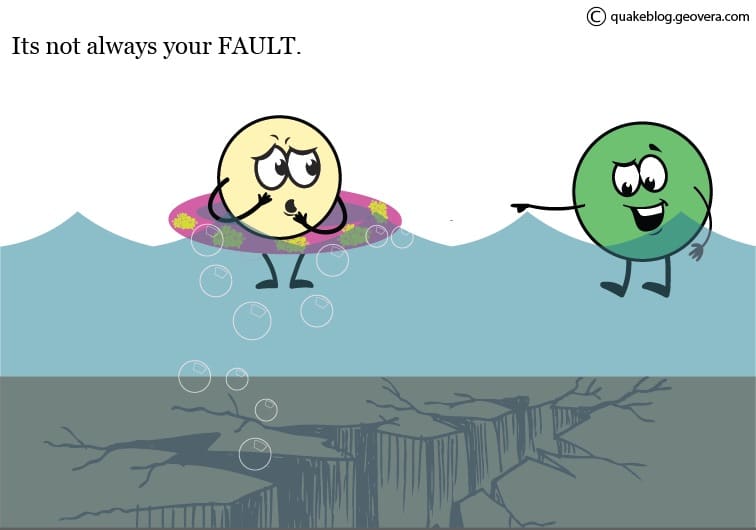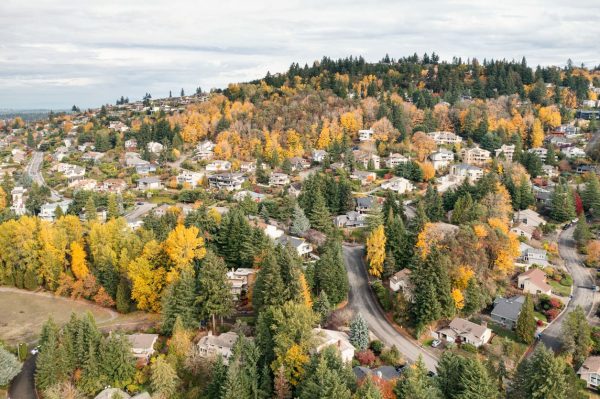The Pacific Northwest coastline has a hidden danger just beneath the surface. Its name is the Cascadia Subduction Zone.

Escola State Park, Oregon Coast.
How dangerous is the Cascadia Subduction Zone?
The last massive earthquake from the Cascadia Subduction Zone was in the year 1700 and measured at 9.0 magnitude. There have been countless smaller quakes, but many of these are hardly noticeable for inland residents. History, however, has something to say about that. Cascadia earthquakes usually happen every 200 to 530 years, and we are in that timeframe now. As time passes, more pressure builds in this underwater megathrust fault.
It is impossible to determine precisely when this earthquake will happen. We do know the results would be catastrophic. The Cascadia Subduction Zone is one of the world’s most dangerous fault lines. This fault line spans the coast of the Pacific Northwest, putting large cities like Seattle and Portland in its path.
We only need to look to the south to see how the modern-day Pacific Northwest would be impacted. Mexico was struck by two massive earthquakes this year. The first quake was the most powerful earthquake to hit Mexico in a century measuring 8.1 magnitude. The second was a 7.1 earthquake just two weeks later. The first shock sent tremors through Mexico City despite originating in the south. This second 7.1 magnitude quake, however, unleashed catastrophic damage upon this second-most-populated city of the Americas. Hundreds perished, tens of thousands of homes and businesses were leveled in a matter of minutes, and millions felt the tremors.

Sometimes the source of the problem isn’t so obvious.
If the Cascadia Subduction Zone ruptures, who will help?
Local and federal organizations won’t be able to provide immediate help after the “big one.” Organizations such as the Red Cross and the Oregon Office of Emergency Management admit it would take up to 2 weeks to assist after a Cascadia earthquake. That means residents of the affected area would be on their own for survival in the meantime.
When you consider your preparation plan, what are you missing? Where do you start? Check out this article that takes you through the basics when thinking about your preparedness plan.
It’s best to assume the Big One could happen at any time, and it’s essential to be ready for it.
QuakeInsurance by GeoVera provides innovative insurance solutions in catastrophe-exposed areas and is the leading provider of residential earthquake insurance. QuakeInsurance uses a strategic and agile approach to developing insurance products that are both impactful and reliable. Get a quote today!



